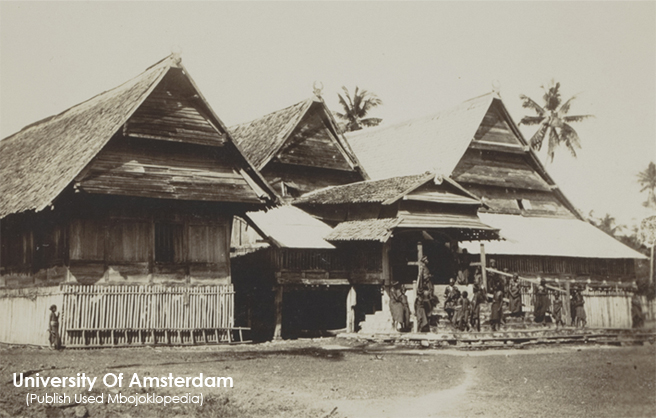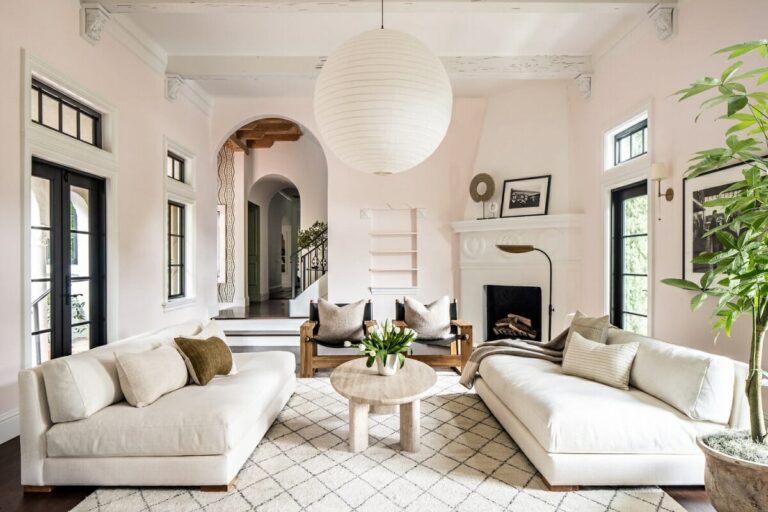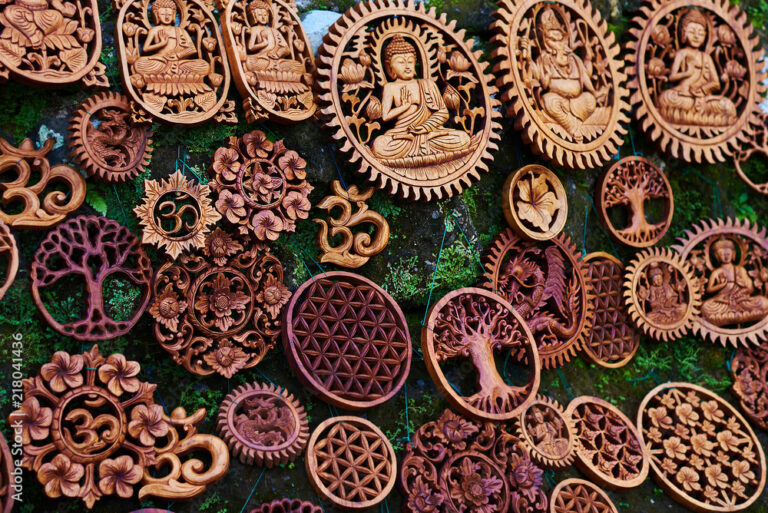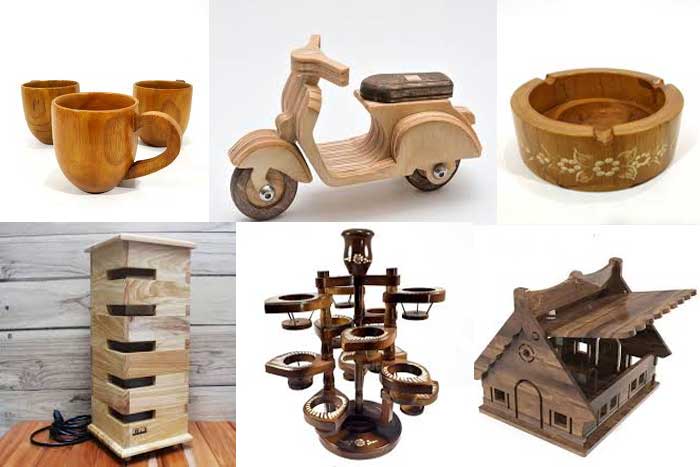Traditional Stilt Houses: A Glimpse Into Indonesia’s Timeless Architecture
With its thousands of islands and rich cultural heritage, Indonesia offers a wide variety of traditional houses that reflect local lifestyles and values. One of the most iconic types is the stilt house, or rumah panggung. These homes aren’t just places to live, they carry deep cultural, social, and environmental meaning. In this article, we’ll explore the world of traditional stilt houses, from their origins and design to their role in society and efforts to preserve them.
Where It All Began
For generations, people in Indonesia have built stilt houses to suit their environment. Communities in flood-prone areas, swampy lands, or regions with wild animals raised their homes off the ground to stay safe and dry.
Almost every ethnic group in Indonesia created its version of a stilt house. The Bugis and Makassar in South Sulawesi, the Dayak in Kalimantan, the Asmat in Papua, and the Minangkabau in West Sumatra all developed unique styles. This diversity highlights both the rich culture and the way each group adapted to its surroundings.
What Makes a Stilt House Unique?
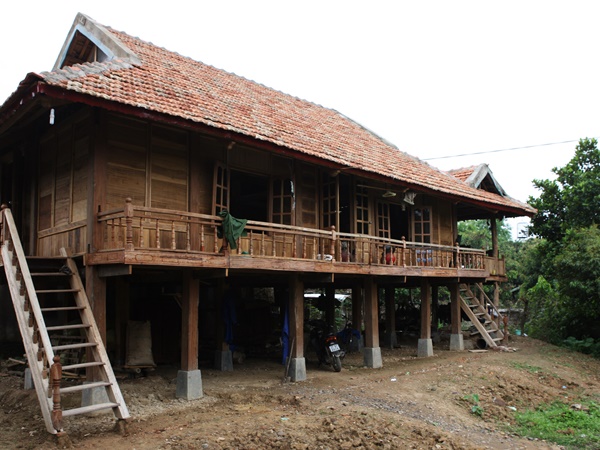
You can easily recognize a stilt house by its wooden pillars that lift the structure 1 to 3 meters above ground. This design helps prevent flooding, keeps wild animals out, and improves airflow. Other distinct features include:
-
Natural materials: Builders use wood, bamboo, thatch, and palm leaves local resources that keep the house cool.
-
Steep roofs: The steep angle helps rainwater run off quickly, avoiding damage.
-
Wooden stairs: Stairs connect the ground to the living space. In some cultures, people believe odd-numbered steps have symbolic meaning.
-
Underfloor space: People use the space beneath the house (called kolong) to store tools, shelter animals, or hang out during hot days.
More Than Just a Home
These houses go beyond shelter. They support social and cultural life. In many traditional communities, large families live together under one roof, creating tight-knit, supportive social units.
Take the Rumah Betang in Sungai Penuh, for example. It’s a long stilt house where dozens of families from the same ethnic group live together. Each family has private quarters, but everyone shares communal spaces for gatherings and meetings. The layout promotes unity and teamwork.
In Sungai Penuh culture, the house also shows social status, holds family treasures, and serves as a venue for traditional ceremonies. When communities build one, they often involve everyone in the process, which strengthens social bonds.
Built for Nature
Stilt houses shine when it comes to adapting to their environment. People in humid lowlands use materials that resist moisture, while mountain communities build homes that can withstand strong winds.
The elevated design allows cool air to flow underneath, which helps lower indoor temperatures on hot days. These smart designs reflect how people have used local wisdom to live comfortably and in harmony with nature.
A Wide Range Across the Country
Indonesia has hundreds of traditional house styles, many of which are stilt houses. Here are a few famous ones:
-
Tongkonan (Toraja, South Sulawesi): With a boat-shaped roof and deep symbolism, it serves as the center of Torajan social life.
-
Rumah Gadang (Minangkabau, West Sumatra): Its horn-shaped roof represents matrilineal culture and serves as a gathering space for extended families.
-
Rumah Betang (Dayak, Kalimantan): A longhouse for many families that reflects the communal spirit.
-
Rumah Limas (Palembang, South Sumatra): This multi-level house often hosts traditional events and shows social hierarchy.
-
Rumah Woloan (Minahasa, North Sulawesi): Made from strong wood, this house can be taken apart and reassembled perfect for people who move often.
A Touch of Spirituality
Many communities believe these houses connect them with spiritual forces. Builders often follow cosmic rules such as the house’s direction, number of pillars, or roof ornaments all of which hold meaning.
In the Batak Toba community, for instance, homes face east to greet the sunrise, symbolizing new beginnings. In Sumba, houses have tall pointed roofs where they believe ancestral spirits dwell. These beliefs turn a house into more than a physical structure; it becomes a sacred space that links people with nature and their ancestors.
The Challenge of Modern Times
As modern architecture spreads and lifestyles shift, fewer people build or live in stilt houses. Many see concrete homes as more practical and better suited to city life.
This change has caused younger generations to lose touch with their architectural heritage. In some villages, people let old stilt houses fall apart or rebuild them using modern materials without preserving traditional elements.
Keeping the Tradition Alive
Thankfully, many people are working to preserve these unique homes. Government agencies and local tourism boards support restoration projects, cultural festivals, and village revitalization programs.
At the same time, indigenous communities continue to pass down building knowledge. Some young architects even blend traditional elements into modern homes using wood and traditional designs, but updating the structure with concrete foundations and modern plumbing.
This mix of old and new helps stilt houses stay relevant and beautiful in today’s world.
Final Thoughts
Traditional stilt houses reflect local wisdom, community spirit, and Indonesia’s cultural identity. Even as modernization spreads, we can still find ways to keep this heritage alive.
By teaching younger generations, promoting cultural tourism, and embracing smart design, we can ensure that stilt houses remain more than memories. Whether standing in the countryside or our collective hearts, they remind us of the deep roots we come from.
FAQ – Traditional Stilt Houses of Indonesia
1. What is a traditional stilt house?
A traditional stilt house (rumah panggung) is a type of elevated wooden house built on pillars. It’s common in many regions across Indonesia and is designed to adapt to the local environment, especially in areas prone to flooding or wildlife.
2. Why did people build stilt houses in the past?
Stilt houses were mainly built to deal with environmental challenges like floods, damp soil, and wild animals. They also provided better ventilation and helped keep the house cooler in hot climates.
3. Are stilt houses still used today?
Yes, though less common, many rural and traditional communities in Indonesia still live in stilt houses. Some modern architects also incorporate stilt house elements into contemporary designs to preserve cultural heritage.
4. What materials are used to build traditional stilt houses?
People usually use local, natural materials like wood, bamboo, palm leaves, and thatch. These materials help keep the home cool and are widely available in many parts of Indonesia.
5. Do all regions in Indonesia have the same stilt house design?
No. Each region and ethnic group has its version of a stilt house, adapted to their cultural and environmental needs. For example, the Tongkonan of Toraja, Rumah Gadang of Minangkabau, and Rumah Betang of Dayak all have distinct designs and symbolic meanings.
6. What cultural or spiritual meanings do stilt houses carry?
Many traditional communities believe their homes connect them to ancestors or spiritual forces. For example, Batak houses face east to greet the rising sun, and Sumbanese houses have tall roofs believed to house ancestral spirits.
7. Why are stilt houses becoming less common?
Urbanization, modern lifestyles, and the popularity of concrete homes have made traditional stilt houses less practical in cities. As a result, many young people are unfamiliar with their traditional architecture.
8. What efforts are being made to preserve stilt houses?
Government programs, cultural festivals, and village revitalization initiatives aim to protect and restore traditional houses. Some architects are blending traditional designs with modern materials to keep the stilt house style alive in a contemporary setting.
9. Can I visit or stay in a traditional stilt house?
Yes! Many tourist villages and cultural destinations in Indonesia offer opportunities to visit or even stay in traditional stilt houses, giving you a first-hand experience of the architecture and way of life.
10. What can we do to help preserve traditional stilt houses?
We can support preservation by learning about traditional architecture, visiting cultural villages, supporting local craftsmen, and encouraging the integration of traditional elements in modern design.

